Moderated by Jeff Shepard
EE World has organized this “virtual roundtable” bringing together experts in Formula E racing technology to share with you their experience and insights into batteries, software, and potential technology crossovers between Formula E and conventional electric vehicles. Joining us for this virtual roundtable are: Masayasu Yoshida (MY), Vice President, Automotive Systems Development Division with Renesas; and Dave Priscak (DP), Vice President, Solutions Engineering with ON Semiconductor. And joining the panel for the final question are: Frank Muehlon (FM), Head of Global E-Mobility Infrastructure Solutions, ABB; and Niall Lyne (NL), Vice President, Automotive Analog Power & Video Division at Renesas.
JS: In Formula E, the battery system is standardized, but the drivetrain is not. How does that limit the technology development benefits related to advanced battery designs and provide more benefits in areas related to the drivetrain?
MY: Although the high-voltage battery system is standardized, Renesas has implemented technology for maintaining the low-voltage Li-Ion battery in a safe, controlled manner. The drivetrain area of Formula E vehicles has many opportunities for technology development, including energy efficiency for the low-voltage control systems that monitor, control, and optimize vehicle functions, including traction motor control, regenerative braking, energy management, and driver information.

DP: The advantage of having a fixed battery for use in all Formula E race cars is that you are working with a known battery impedance and characterized charge/discharge profile. This means you can customize the powertrain response to maximize acceleration, improve the efficiency of regeneration, and better manage the power budget needed to finish the race. Having the battery standardized also allows the race car design team to focus on the electro / mechanical powertrain, borrowing from the mechanical design of Formula1, and the kinetic energy recovery system used there. Battery design is an electrochemical science and can be very volatile. Having companies that specialize in battery design focused on architecting batteries that provide high power density while making them safe to use in the harsh environments of racing minimizes the hazards under extreme conditions of acceleration/regeneration and safety disconnects in case of a crash.

JS: How will participation in Formula E advance the development of embedded electronics that monitor, control, and optimize all functions of an electric car, including acceleration, regenerative braking, battery management, and other auxiliary functions?
DP: Due to the extreme nature of Formula E, there are many more electronics used for monitoring, control, and optimization than today’s consumer EV. Electronics are used in the car, transmitting to the control room where massive processing is done, analyzing the captured data real-time on race day. Live data such as power transfer efficiency, temperature rise, percentage of recaptured energy is all used to improve the software running the powertrain from battery to tires. This data is shared with us, and we help make adjustments to how the powertrain operates to improve performance continually. We translate that data to new product development, which improves the performance of our components, which go into the next design, and the process continues. All enhancements not only keep our partner competitive on the race track, but our EV customers benefit as well. We create higher performing, higher efficient, and more reliable components throughout the powertrain.
MY: Participation in Formula E allows Renesas to gain early, on-vehicle experience with our products, gaining insights into areas where technology can be further advanced and improved. This includes all functions of an electric car, including motor control, battery management, energy management, and vehicle control systems.
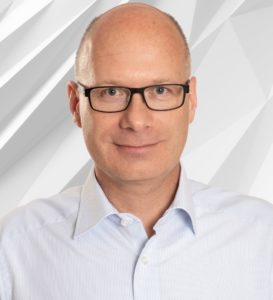
JS: Formula E cars are sometimes called “software defined vehicles” with multiple configurations available and under the control of the driver to use depending on the needs of the moment. How will the concept of an adjustable or “software defined vehicle” be translated into consumer and commercial BEVs?
MY: The consumer and commercial BEV industry is already seeing the early emergence of “software defined vehicles” that have specific features based on the vehicle application or driver desires. This includes a selection of either “performance” or “economy” modes of operation, and the ability to purchase upgraded features and functions by using only software over-the-air updates, such as adding various levels of autonomous operation.
DP: There are already many software configurations operating in today’s EV. Traction control algorithms that adjust to icy road conditions, for example, regenerative braking when you let go of the accelerator for another. As consumer EV cars become more complex (additional drive motors, autonomous operation), there will be opportunities for car owners to select driving modes, whether opting for performance over a range for the daily commute or AWD for off-road or inclement weather conditions. Performance selection options taking from Formula E can be cornering slip correction, governed acceleration profiles, etc. Software is already a large component of the powertrain and will continue to be used to customize and differentiate the car’s characteristics.
JS: Working with Formula E is expected to provide spin-off benefits for the design of electric vehicles in general, what are the limitations of the crossover between Formula E and consumer/commercial BEVs?
FM: It is important for us at ABB that whatever technology we bring to the series has potential benefits for real-world EV infrastructure. Together with engineers from the FIA and our partners at Formula E, our teams are currently working on the development of a suitable and safe solution for charging the Gen3 cars that will be racing as of Season 9 (2022/23). Charging these Formula E racecars will supply ABB with valuable testing information on charging in a high-paced, competitive environment. This will then be used to continuously improve the ABB chargers installed around the world, that are used to charge electric vehicles on the road.
The chargers being developed for Gen3 of ABB Formula E will benefit from the newest technology in power electronics and occupy the smallest possible footprint. They will be used to charge the cars ahead of the race, with reliable, consistent performance, wherever in the world they are used, and from whatever power source.

Each charger will deliver 80kW of power to two Gen3 cars simultaneously, for a total of 160kW output per charger. This means each race team will benefit from a ‘simultaneous charging’ capacity from one unit, resulting in a significant reduction in the charger footprint. With our unrivaled expertise in electrification and as a world leader in DC fast charging solutions, with more than 14,000 DC fast chargers sold across over 80 countries worldwide, we are delighted to be able to bring our expertise in charging technology to this thrilling global e-mobility showcase.
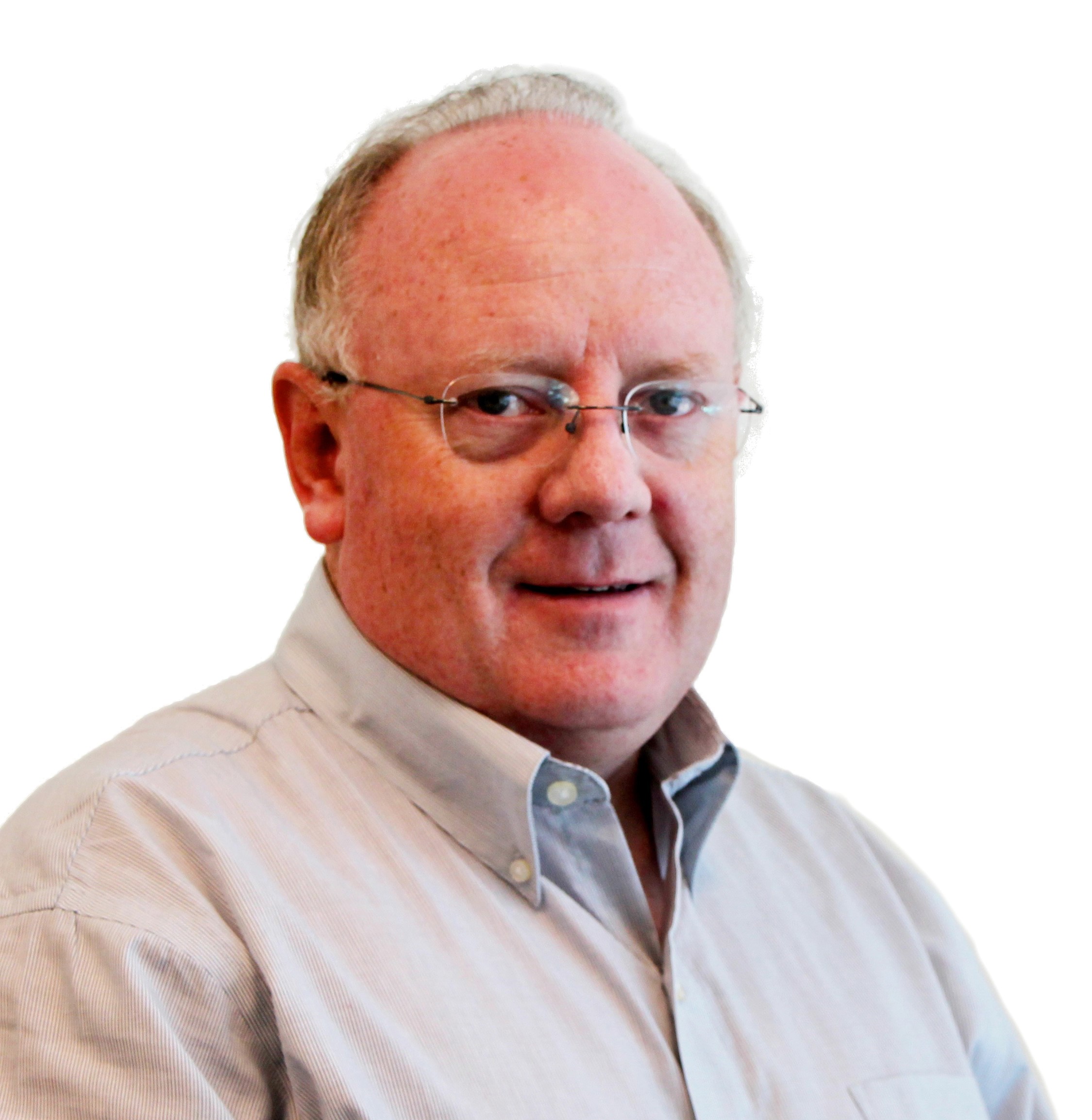
DP: Formula E racers reach very high speeds (174MPH), and the race itself lasts only 45 minutes in duration, whereas commuter vehicles are designed with much lower top speed and designed for maximum range. However, when you look at the technology that is being developed for Formula E, the applications are much the same. Both powertrains are designed for the highest power transfer efficiency, regenerative braking extends range, and advanced motor algorithm development is essential for both modes of operation. Formula E is pushing the boundaries in power conversion, thermal dynamics, and advanced software control. All are used in consumer vehicles and will benefit from what is learned and tested. Using state of the art silicon carbide elements in the powertrain, the designers are creating the most efficient, safest, and highest reliable powertrains capable of handling the harsh environments of the Formula E racecourse. This, in turn, will help make consumer vehicles travel farther, safer, and more reliable.
MY: Design for consumer/commercial BEVs requires long-term reliability over all possible environmental conditions, whereas reliability for racing has to be robust but is only needed for 12-15 races lasting 1-2 hours in duration in a relatively favorable operating environment.
NL: This is the same type of return on investment question asked of all motorsports, and while the speeds and performance levels would not be expected to find their way into everyday automobiles, it is exactly those stresses and demands that lead to innovative solutions and the discovery of design capabilities that can improve all aspects of consumer vehicles (robustness, safety, performance, etc.). Even though only a few production “super cars” may ever come close to matching Formula E performance, the potential for spin-off benefits to consumer vehicles is actually limitless.
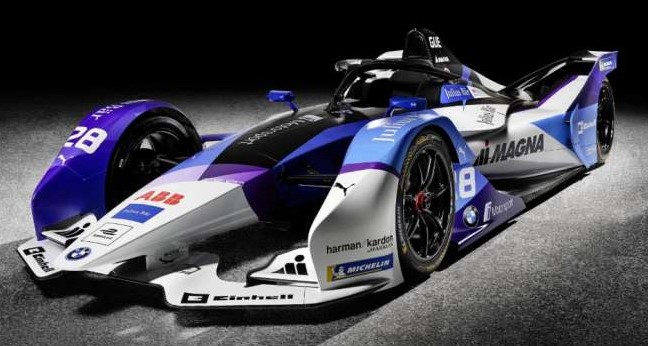
JS: Thank you to our Virtual Roundtable participants for sharing their insights and experience! You might also be interested in reading “Formula E Powertrains, Fast Charging, and Regen” – Virtual Roundtable (part 2 of 2).

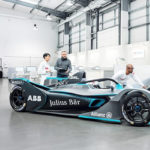
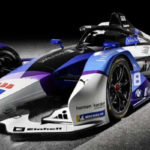
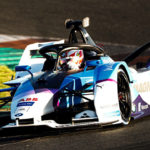

Leave a Reply